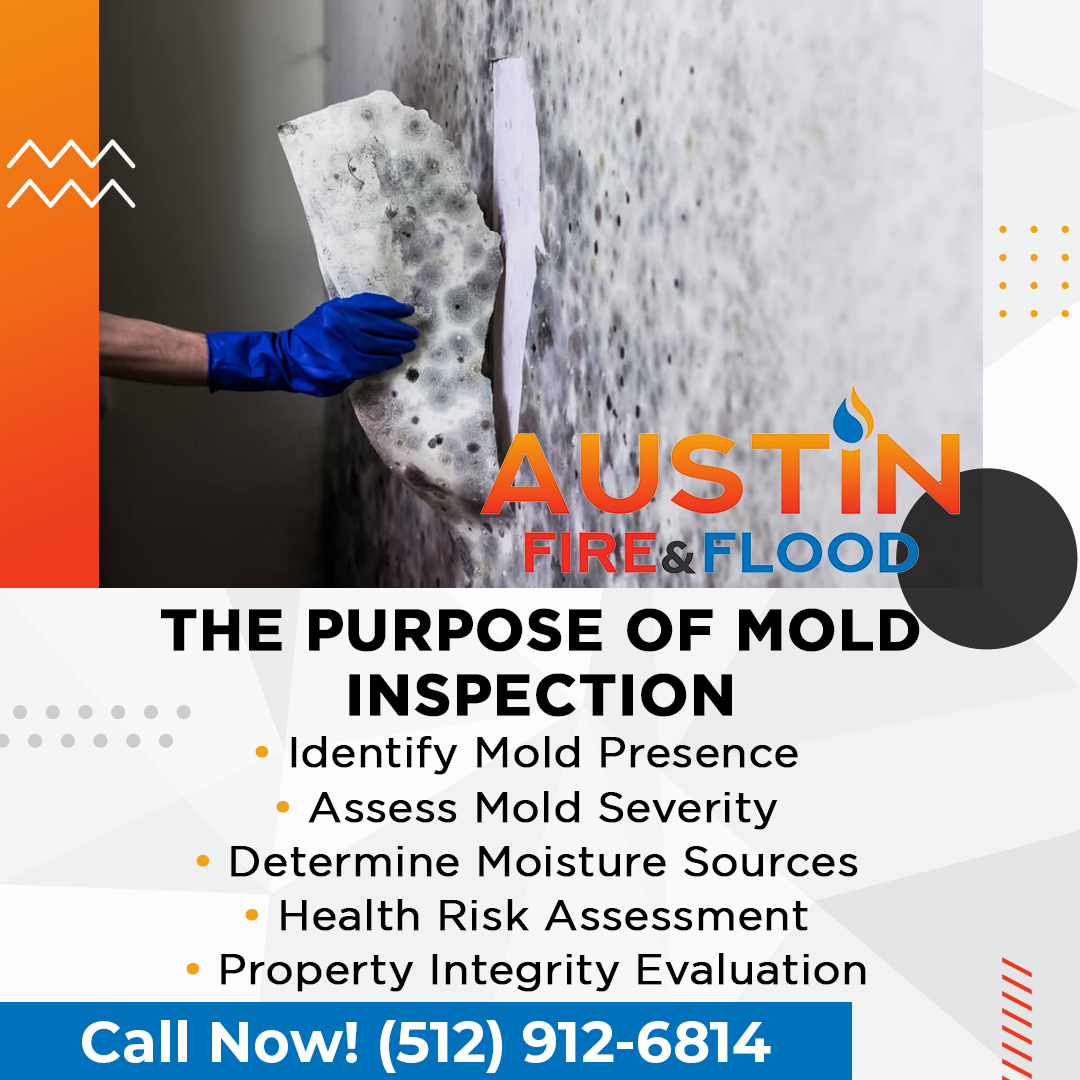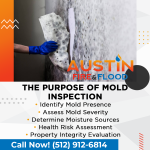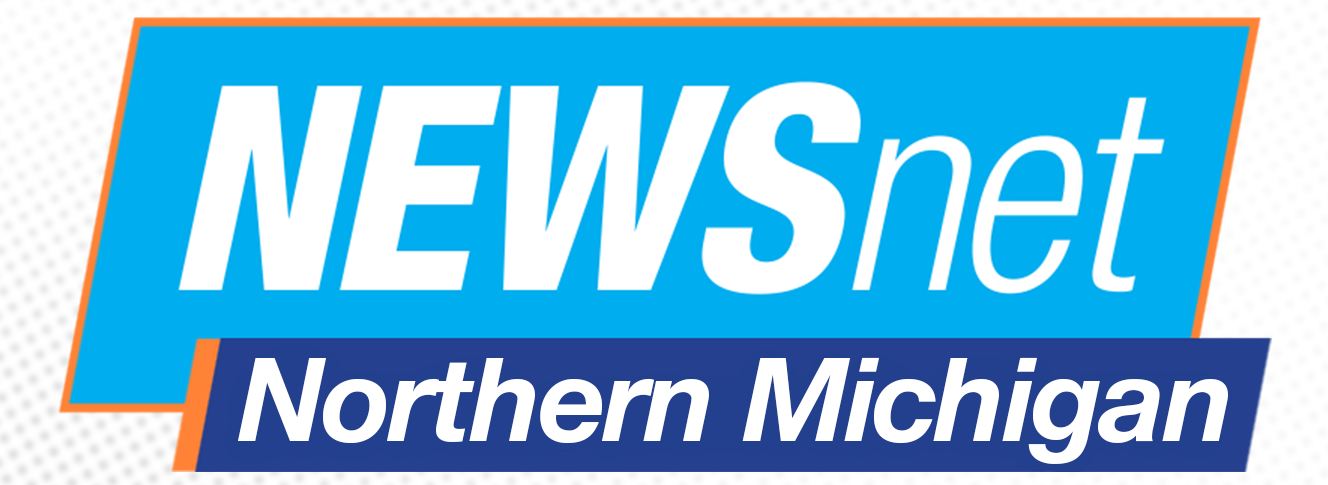Mold remediation is a paramount concern for the safety and structural integrity of residential and commercial properties in Daffan. Austin Fire & Flood offers premier mold remediation services tailored to eradicate mold and prevent its future occurrence. Austin Fire & Flood secures the health and safety of properties, delivering peace of mind with their comprehensive mold remediation.

Understanding Mold Inspection
This process allows experts to assess the extent of mold presence and determine the necessary remediation actions, ensuring the safety and integrity of the environment.
The Purpose of Mold Inspection
- Identify Mold Presence: To confirm mold exists in the environment and pinpoint its locations.
- Assess Mold Severity: To evaluate the extent and severity of the mold growth, helping to inform the scope of remediation required.
- Determine Moisture Sources: Identifying the sources of moisture that may be contributing to mold growth is essential for effective long-term solutions.
- Health Risk Assessment: To understand potential health risks associated with the mold present, especially for sensitive individuals.
- Property Integrity Evaluation: To assess if mold has caused or may cause structural damage to the property.
What Happens During a Mold Inspection?
- Visual Examination: A thorough visual check is conducted in known problem areas and other locations prone to mold growth.
- Moisture Measurement: Tools and equipment measure moisture levels in various parts of the property, identifying potential mold hotspots.
- Sample Collection: In some cases, surface or air samples may be collected to test for mold types, especially if the mold is not visibly apparent.
- Infrared Scanning: Advanced inspections might include infrared scanning to detect hidden moisture behind walls or under floors without invasive methods.
- Detailed Reporting: The inspection concludes with a detailed report of findings, highlighting areas affected by mold and recommendations for remediation.
The Critical Role of Mold Remediation
Beyond Identification: The Mold Remediation Process
- Initial Assessment and Planning: Comprehensive evaluation of mold-affected areas to formulate a strategic remediation plan.
- Containment: Implementing containment measures to prevent the spread of mold spores during the remediation process.
- Air Filtration: Utilizing HEPA filters and air scrubbers to purify the air of mold spores and other particulates.
- Mold Removal and Cleaning: Physical removal of mold-infested materials and thorough cleaning of non-porous surfaces with antimicrobial agents.
- Moisture Elimination: Addressing the source of moisture that contributed to the mold outbreak, ensuring a long-term solution.
Techniques Employed in Mold Remediation
- HEPA Vacuuming: High-efficiency particulate air (HEPA) vacuuming removes mold spores from surfaces after removing moldy materials.
- Antimicrobial Treatments: Antimicrobial and antifungal treatments are applied to eradicate mold residues and prevent future growth.
- Dehumidification: Deployment of industrial-grade dehumidifiers to dry out affected areas, tackling the moisture issue at its root.
- Negative Air Chambers: Creating negative air pressure environments to contain mold spores during the remediation process.
Key Differences Between Mold Inspection and Remediation
The key differences between mold inspection and remediation lie in their objectives and methodologies. Mold inspection focuses on detecting and assessing mold presence, pinpointing areas affected, and the extent of mold growth. In contrast, mold remediation is the process of mold removal, addressing the causes of mold, and taking steps to prevent future mold growth. Both processes are integral to a comprehensive mold management strategy, with inspection providing the necessary information to guide effective remediation efforts, ensuring a thorough and lasting cleanup.
Why Choose Austin Fire & Flood for Mold Needs
- Unparalleled Expertise: Austin Fire & Flood brings years of experience and specialized knowledge in mold remediation, ensuring high-quality outcomes.
- Comprehensive Services: From initial inspection to final prevention measures, they offer a complete suite of services to address every aspect of mold damage.
- Advanced Remediation Techniques: Austin Fire & Flood utilizes the latest mold remediation technology and employs safe and effective methods to remove mold and prevent its return.
- Customized Solutions: Understanding that each mold situation is unique, they tailor their approach to meet the specific needs of each property and its occupants.
- Commitment to Safety: Austin Fire & Flood prioritizes the health and safety of clients and their properties and uses environmentally safe products and strategies in all its remediation projects.
- Proven Results: With a track record of successfully remediating mold in homes and businesses, they have established themselves as a trusted leader in mold management.
Ensuring a Mold-Free Future
Ensuring a mold-free future involves more than just addressing the immediate presence of mold; it requires ongoing vigilance and preventive measures. Austin Fire & Flood is committed to removing mold and educating clients on maintaining a mold-resistant environment, providing the tools and support needed to prevent mold growth and ensuring lasting results from remediation efforts.
Preventative Measures and Continuous Support
- Regular Moisture Checks: Encourage routine monitoring of moisture levels in prone areas to detect and address leaks or dampness before mold can grow.
- Proper Ventilation: Advice on improving air circulation, particularly in high-humidity areas like bathrooms and kitchens, to reduce moisture accumulation.
- Use of Dehumidifiers: Recommend using dehumidifiers in damp spaces to maintain an environment less conducive to mold growth.
- Immediate Leak Repairs: Stress the importance of promptly fixing leaks and drying affected areas to prevent moisture from seeping into materials.
- Ongoing Education and Advice: Offer continuous guidance on mold prevention techniques and the latest mold resistance practices, ensuring clients are well-equipped to keep their environments healthy and mold-free.

Choose Smart Mold Cleanup Today
Distinguishing between mold inspection and remediation is essential for effectively addressing mold. Mold inspection identifies mold presence, while remediation focuses on removal and prevention. Austin Fire & Flood provides expert mold remediation services in Daffan, ensuring safe and mold-free environments. For those in Daffan, reaching out to Austin Fire & Flood for professional mold remediation is a direct action toward maintaining a healthy living or working space. Contact Austin Fire & Flood to secure a mold-free environment with their comprehensive mold cleanup services.

























